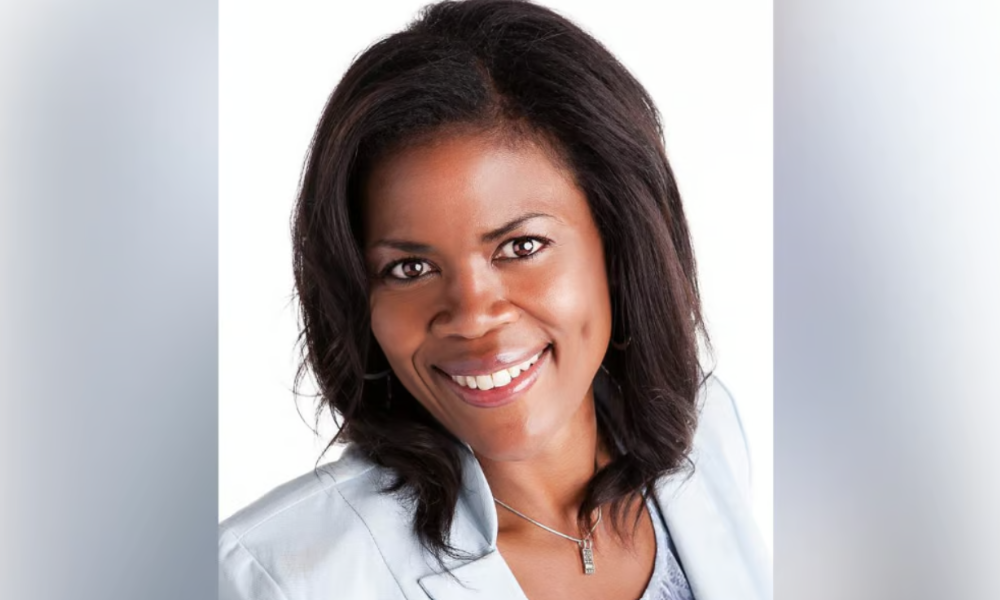Executive on the steps needed to help narrow the diversity and homeownership gaps

Being aware of the disparity in representation and lack of diversity across the US mortgage industry is one thing – but taking steps to address that issue is even more important, according to a prominent executive.
Janine Kempfer (pictured), president of Prime Mortgage, told Mortgage Professional America that a “deliberate plan” needed to be put in place across the industry to hire people from diverse communities, on the origination side as well as in operations, underwriting, and processing.
“That means designing programs that really work for minority communities. That means really taking a deeper look at the downpayment assistance programs that are out there,” she said. “We’ve got a lot of programs out there that have tighter debt ratio limits, for example – higher credit score requirements than just a typical loan.
“I understand that some of that has to do with risk and being able to sell that loan on the secondary market. But I think there is a solution: if we really looked at it, we could sharpen those programs and see where we’re missing.”
Many downpayment assistance programs at present are “missing the mark” for plenty of communities and individuals, according to Kempfer – and she also emphasized the importance of working with legislators to ensure the broker community has access to federal funds earmarked for reducing the homeownership gap and helping increase homeownership in minority communities.
“Right now, if you have federal dollars, those dollars go to a servicer that then writes the guidelines for how you receive the money – and a lot of times, that [cuts] out the broker community,” she said. “And so I, as a minority broker, don’t have access to a lot of that. It’s really something that I think the mortgage industry can fight for.”
Shadi Bushra, of the website Today’s Homeowner, spoke to Mortgage Professional America to discuss his recent findings on the borrowing gap between Black and White borrowers.https://t.co/8TBahfApGb#mortgageinsights #blakchomeownership #borrowers #homeownership
— Mortgage Professional America Magazine (@MPAMagazineUS) February 8, 2023
Clear and constant communication with legislators key
Nikema Williams, representative for Georgia’s 5th congressional district, attended a Black homeownership roundtable last week where those issues were discussed. For Kempfer, it’s up to the mortgage industry to educate legislators on where gaps currently exist.
“We need to open that line of communication and make sure that our legislators are not afraid of working with the broker community,” she said, “because we serve more minorities than the retail side.
“We’re in those communities. We’ve got small brokerages and larger brokerages where the loan officer is from the communities that need it the most – and there’s a disparity between the people that have access to the money and the people actually working in the communities that need it.”
How lack of industry representation is widening homeownership gap
The recent National Association of Realtors (NAR) settlement has also shone a light on some of the challenges facing minorities in the US mortgage market, according to Kempfer, with lack of representation on the realtor side potentially set to exacerbate the homeownership gap that already exists.
“There’s a barrier because people usually start their homebuying process by connecting with the realtor – and if that realtor doesn’t know they’re going to get paid, that stops the process right there,” she said.
“So as I see it, this homeownership gap can get worse because people don’t know where to go or how to engage with a realtor as the number of realtors decreases.”
A broker or buyer agency cost is also an additional expense for people from minority communities, she added, when those homebuyers are often already battling to find enough money for the downpayment and closing costs.
Realtors may call and ask whether the broker fee can be rolled into the loan – but since that’s not possible, that fee is likely going to end up another sum of money that buyers have to come up with on their own. “It’s just not there in most cases,” Kempfer said.
“Again, it just comes back to representation. If a homebuyer doesn’t have a realtor that looks like them or a loan officer that looks like them, the chances are that they’re not even going to start the process. So I see it as a huge potential issue – and it will impact the homeownership gap negatively.”
Stay updated with the freshest mortgage news. Get exclusive interviews, breaking news, and industry events in your inbox, and always be the first to know by subscribing to our FREE daily newsletter.



